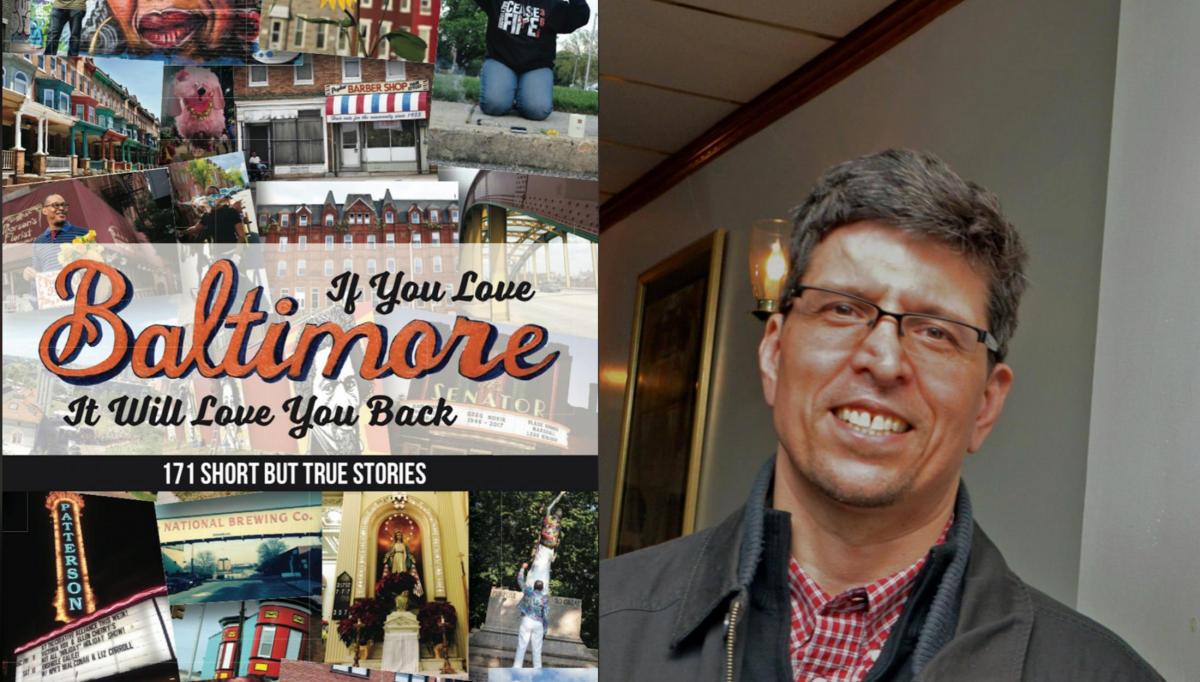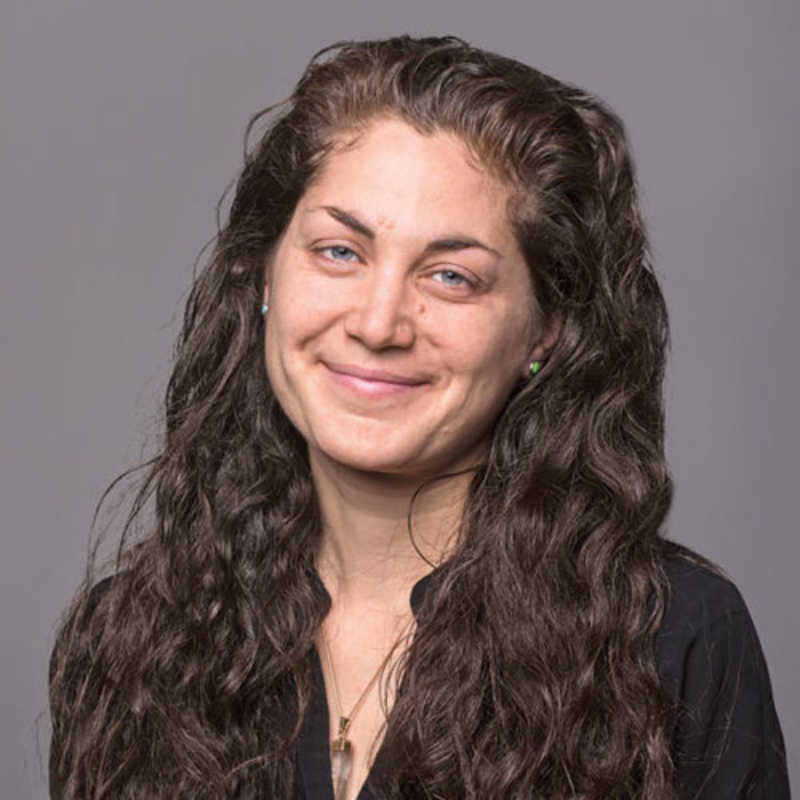
Baltimore’s own senior editor Ron Cassie has garnered national attention for his long-form, investigative reporting on sea-level rise on the Eastern Shore, the opioid epidemic in Hagerstown, and the 2015 Uprising after the death of Freddie Gray.
But throughout his decade with Baltimore, he’s also been writing what he calls his “fly-on-the-wall” pieces each month, observing, pen in hand, the quieter moments from people who make up the city that can so easily go unnoticed—a blind police detective, old Jewish boxers, a flower shop owner, the city native who created the statue of Billie Holiday in Upton—as well as encounters with some of the city’s most beloved characters. A selection of these wide-ranging vignettes have been compiled for his debut book, If You Love Baltimore, It Will Love You Back: 171 Short, But True Stories, recently published by Apprentice House Press.
Each story makes the mosaic of Baltimore and its workaday inhabitants clearer and more complex, speaking directly to the fabric of the city.
I read several of these stories as they were written over the years, but in reading them together in one book, I was captivated by how, when woven together, all these people, voices, history, places, communities, art, sports, politics, form a really beautiful and intricate, if complex, tapestry of a city.
Oh, thanks. I think I’m just curious, I guess very curious, about everyday people’s lives, especially the kind of neighborhood stories that fly beneath the journalism radar. Celebrities or people who have achieved a certain level of status don’t interest me as much, as a writer. I guess they often seemed guarded. That said, there are definitely a few Baltimore icons that I spent time with who appear in the book.
How have your ideas of Baltimore culture and community changed since starting your post as a Baltimore editor?
Over the years, I seem to become more interested in the history of our close-knit neighborhoods, the broader story of Baltimore, and how those things inform the current city—so much so that I was invited to join the board of the Baltimore City Historical Society a couple of years ago. Trying get a handle on the mashup of Southern and Northern history in this conflicted, complicated border city—one of the country’s first and great ports and industrial giants, and a civil rights incubator—is a never-ending process. Similarly, the list of compelling characters from Baltimore—from Babe Ruth to Edgar Allan Poe to Billie Holiday and Thurgood Marshall—never ends.
What is your personal purpose in doing the book?
After a decade roaming around Baltimore with a notebook in my back pocket, I’d written up hundreds of these intimate pieces, these snapshots of life in the city, for the magazine. Partly, it’s a personal journal of my past 10 years, as well. This job has kind of become my life, but in a good way, because I feel deeply connected to the city. The inspiration for collecting these stories into a book was that I didn’t want to lose them. I’ve worked for two newspapers, a news website, and another magazine that all went out of business, and when that happens, everything disappears with them.
What do you hope to give readers?
A sense of the resilience that Baltimoreans have, which is incredible. I love Baltimore because of its challenges, not despite them or from escaping them. Those cracks are where the light comes in, right? Most of the time, Baltimoreans responses to our city’s challenges is love. It’s forgiveness. It’s compassion. The book is not pollyannish but real and true stories, as the title says. My experience in Baltimore has been that if you reach out in this city, someone will reach back, and thank God for that, because I’ve needed help myself over the years. It’s not that bad things don’t happen in this city, because they do, but people here will pick you up. We need each other here. That’s where the title comes from.
Most of these stories are written in a style and voice much different from the long-form, investigative pieces you’ve written on some heavy topics—climate change, the Great Migration, immigration, the opioid crisis. Do you bring a different kind of expectation or voice to these shorter pieces?
That’s the task—finding under-the-radar stories that feel personal, funny, revealing, or compelling in some unique way. I cast a wide net to find good stories every month. Not everything works out. Mostly I strive for something that’s new, unusual, or maybe feels like a throwback because of some reward or insight, gained in the telling of the story. They aren’t newsy and have a more timeless quality. My guiding principle for going out and immersing myself in a story is pretty simple. If I’m curious about the people or the subject at hand—usually it’s both—I think other people will be interested enough to read at least a little about it.
What was one of the most memorable events or people you met along the way?
Where to begin? There’s Mary Carol Reilly, the 77-year-old ex-nun-in-training turned actress, cabbie, Romper Room teacher, and Texas Hold ‘Em poker player. There’s Chris Whitaker, who finds antique portrait photos in Hampden curio shops and then traces them back and unites them with their descendant family members. For one story, I hung out for an afternoon with Vander Pearson, who owns Pearson’s Florist at the corner of North Charles and North Avenue—steadfastly staying put for 40-plus years while the whole world has changed around him several times. I also hung out for a couple of afternoons with some of the ‘squeegee kids,’ who are way more fun and engaging to spend a couple of afternoons with than many people might think.
Are they fun to write?
I don’t know if I have a clear answer for that. These people and stories definitely all resonated with me, because otherwise I wouldn’t have written them. My short answer is I must be learning something I think is valuable from these folks and their stories or I wouldn’t care about translating and sharing them. I’m not a writer who really likes to write. It’s more of a necessity in terms of helping me process things, and fortunately, it’s my job.
